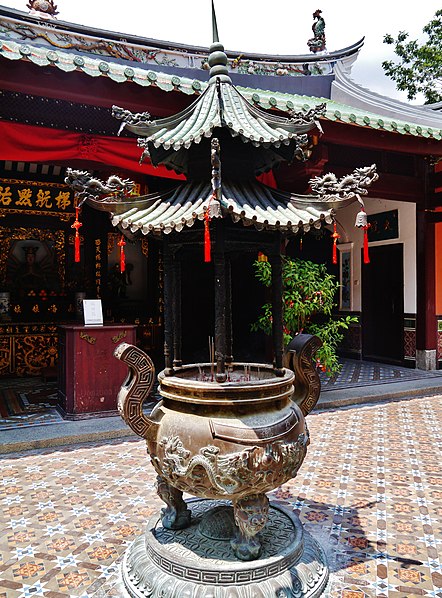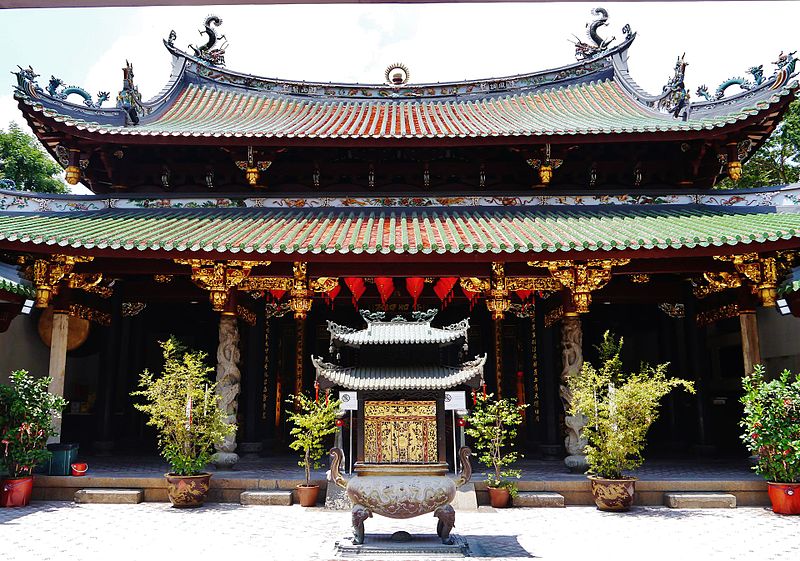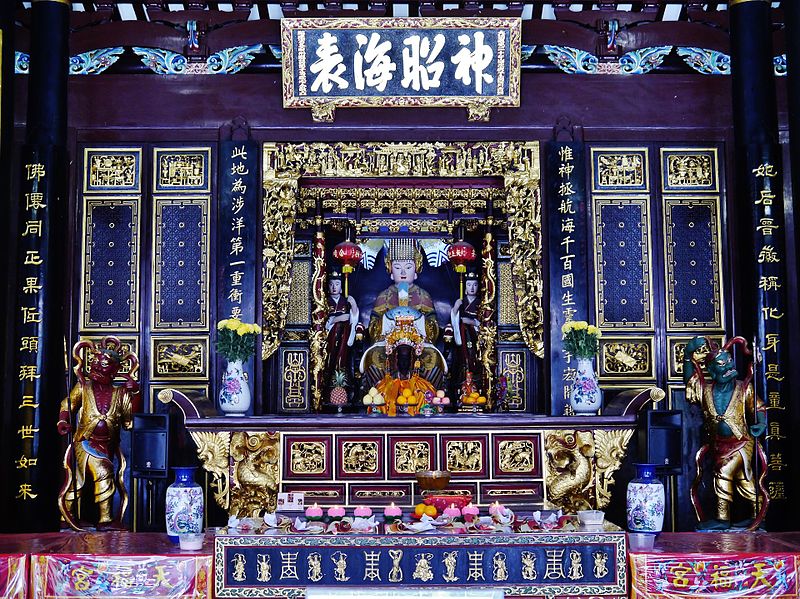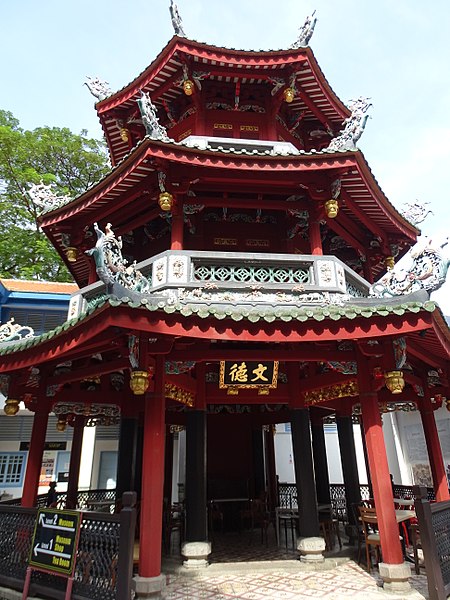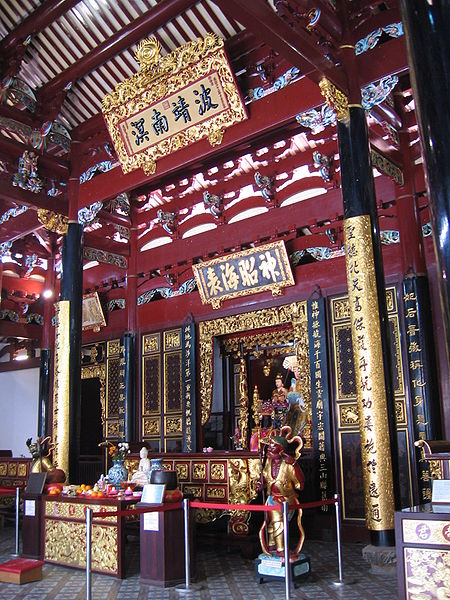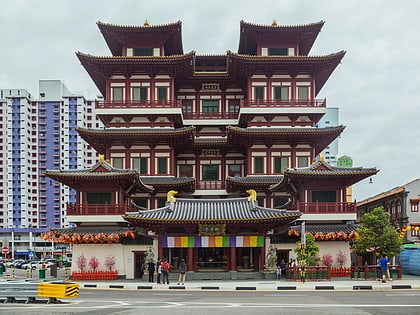Thian Hock Keng
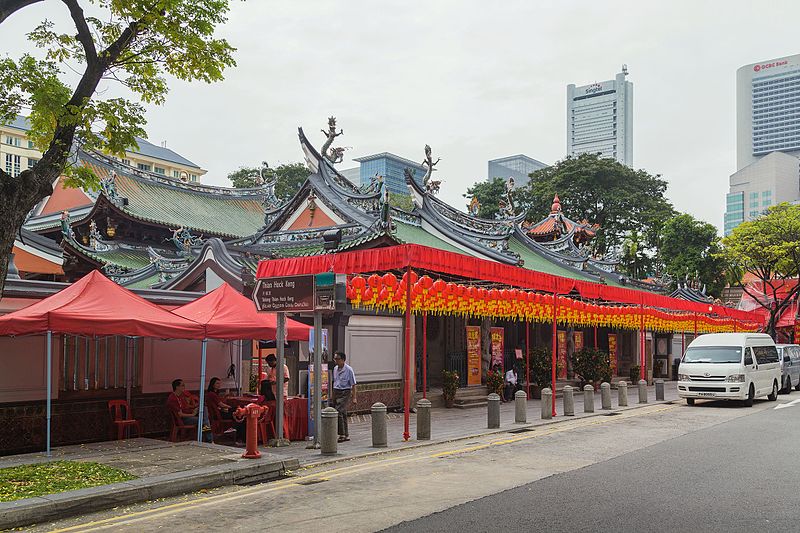
Facts and practical information
Thian Hock Keng, often referred to as the Temple of Heavenly Happiness, is a beacon of spirituality and historical architecture nestled in the heart of Singapore's Chinatown. This exquisite temple, constructed in the 1840s, stands as one of the oldest and most important Hokkien temples in the city-state. It was built as a place of worship by Chinese immigrants who wished to give thanks for their safe passage across the perilous South China Sea to Singapore.
The temple is an architectural masterpiece, showcasing Southern Chinese styles, with intricate carvings and sculptures adorning its walls and roof. Dragons and phoenixes, symbols of power and renewal, are featured prominently throughout the structure. The entrance is guarded by imposing stone lions, believed to protect the temple from evil spirits. Inside, the air is thick with the scent of incense, and the main hall is dominated by the altar dedicated to Mazu, the Taoist goddess of the sea, revered by sailors and fishermen.
Thian Hock Keng is not only a place of religious significance but also a monument to Singapore's multicultural heritage. It has been meticulously restored over the years, earning it a UNESCO Asia-Pacific Heritage Award for Cultural Heritage Conservation in 2001. The temple serves as a testament to the dedication of Singapore's Chinese community in preserving their cultural and religious traditions.
Thian Hock Keng – popular in the area (distance from the attraction)
Nearby attractions include: Buddha Tooth Relic Temple and Museum, Singapore City Gallery, Sri Mariamman Temple, The Sail @ Marina Bay.


